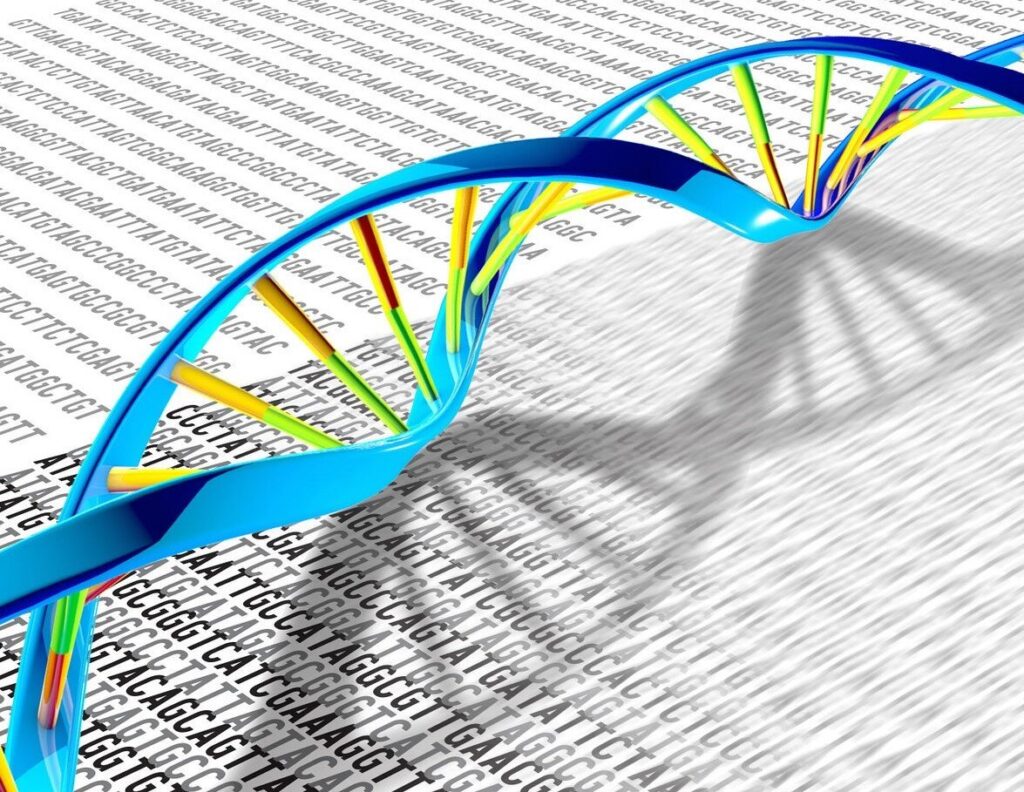Living organisms monitor time—and react to it—in many different ways, from detecting light and sound in microseconds to responding physiologically in pre-programmed ways, via their daily sleep cycle, monthly menstrual cycle, or to changes in the seasons.
Such an ability to react at different timescales is made possible via molecular switches or nanomachines that act or communicate as precise molecular timers, programmed to turn on and off in response to the environment and time.
Now, scientists at Université de Montréal have successfully recreated and validated two distinct mechanisms that can program both the activation and deactivation rates of nanomachines in living organisms across multiple timescales.
Their findings are published in the Journal of the American Chemical Society. Their breakthrough suggests how engineers can exploit natural processes to improve nanomedicine and other technologies, while also helping explain how life has evolved.
The door analogy
Biomolecular switches or nanomachines, typically made of proteins or nucleic acids, are the nuts and bolts of the machinery of life. They perform thousands of key functions, including chemical reactions, transporting molecules, stocking energy, and enabling movement and growth.
But how have these switches evolved to activate over different timescales? That’s a key question that has long fascinated chemists, and since the pioneering work by Monod-Wyman-Changeux and Koshland-Nemethy-Filmer in the 1960s, two popular mechanisms are generally assumed to control the activation of biomolecular switches.
“The analogy of a door is convenient to illustrate these two mechanisms,” said UdeM chemistry professor Alexis Vallée-Bélisle, the principal investigator of the new study.
“The closed door represents the inactive structure of the switch or nanomachine while the open door represents its active structure. It is the interactions between the switch and its activating molecule, such as light or a molecule, that dictates the type of activation mechanism.”
“In the induced-fit mechanism, the activating molecule, or person, grabs the handle of the closed door, which provides the energy for fast opening,” Vallée-Bélisle explained.
“In the conformational selection mechanism, the activating molecule needs to wait for the door to spontaneously open before it can interact and block this later in the open structure.”
While these two mechanisms were observed in many proteins, it is only recently that scientists have realized that these mechanisms could also be employed to engineer better nanosystems.
Using DNA to build a nanodoor
To unravel the mystery behind these two mechanisms and their functioning, researchers have successfully recreated a simple molecular “door” using DNA. Although DNA is mostly known for its ability to encode the genetic code of living organisms, several bioengineers have also started to use its simple chemistry to fabricate objects at nanoscale.
“Compared to protein, DNA is a highly programmable and versatile molecule,” said Dominic Lauzon, an associate researcher in chemistry at UdeM and co-author of the new study. “It’s like the Lego blocks of chemistry that allow us to build whatever we have in mind at the nanoscale.”
A thousand times faster
Using DNA, the UdeM scientists have created a 5-nanometer-wide “door” that can be activated via the two mechanisms using the same activating molecule. This allowed the researchers to compare both switching mechanisms directly on the same basis, testing their design principles and ability to program.
They found that the “door handle” (induced-fit) switch activates and deactivates a thousand times faster because the activating molecule provides the energy to accelerate door opening. By contrast, the much slower switch with no handle (conformational selection) can be programmed to open at much slower rates by simply increasing the strength of the interactions that keep the door closed.
“We have found that we can in fact program switch rate activation from hours to seconds simply by designing molecular handles” explained first author Carl Prévost-Tremblay, a graduate biochemistry student.
“We also thought that this ability to program the rate of activation of switches and nanomachines could find many applications in nanotechnology where chemical events need to be programmed at specific times.”
Towards new drug-delivery tech
One field that would drastically benefit from developing nanosystems that activate and deactivate at different rates is nanomedicine, which aims to develop drug-delivery systems with programmable drug-release rates.
This would help to minimize how often a patient takes a drug and help maintain the right concentration of the drug in the body for the length of a treatment.
To showcase the high programmability of both mechanisms, the researchers designed and tested an antimalarial drug carrier that can release its drug at any programmed rate.
“By engineering a molecular handle, we developed a carrier that allows for fast and immediate release of the drug via the simple addition of an activating molecule,” said biomedical engineering master’s student Achille Vigneault, also author of the study.
“And in the absence of a handle, we also developed a carrier that provides a programmable slow continuous release of the drug following its activation.”
These results also demystify the distinct evolutionary roles and advantages of the two signaling mechanisms, and explain why some proteins have evolved to be activated via one mechanism over the other, the scientists said.
“For example, cell receptors that require rapid activation to detect light or sense odors likely benefit from a fast induced-fit mechanism,” said Vallée-Bélisle. “While processes lasting for weeks, such as protease inhibition, definitively benefit from the slower conformational selection mechanism.”


